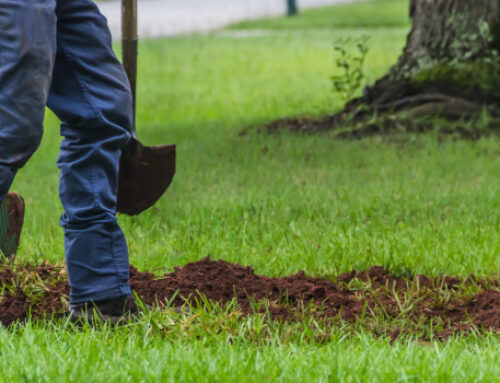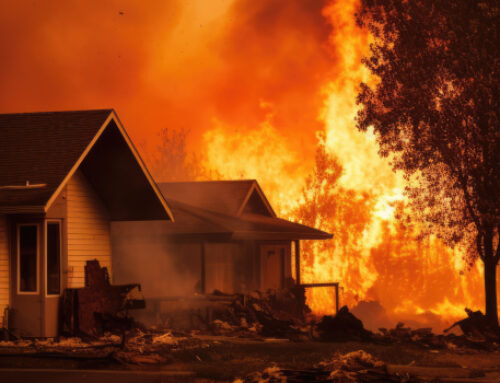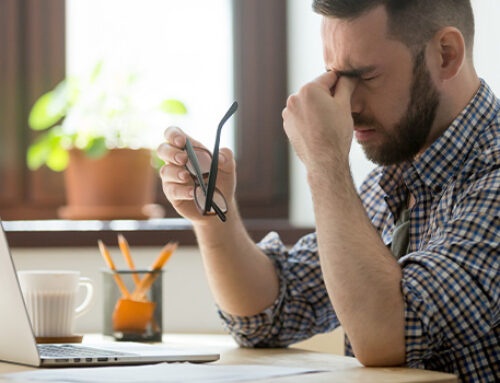From water damage to ruined personal items, floods can be a nightmare for homeowners. To learn how to best protect your home in the event of a flood, review our in-depth guide below. We’ll cover how to prepare before any potential flooding, how to stay safe during a flood, and how to best recover once a flood impacts your home.
Before a Flood
Know the Risk: Before a hurricane or torrential rain hits your neighborhood, establish if your home is in a flood-prone area. If so, it may be necessary to take additional precautions to secure your home in the event of a flood. Also, establish if your home and property is above or below the flood stage water level.
It is also important to know the difference between a flash flood watch / flood watch or flash flood warning / flood warning for when you are monitoring alerts to your neighborhood.
Know the Flood Warning Signs:
- Excessive rainfall.
- Slow moving storms, like tropical storms and hurricanes.
- Overflowing rivers and streams. If you have any rivers and streams near your home, verify if they are prone to flooding.
- Saturated ground.
Flood Insurance: To make sure your home is fully protected, verify if you currently have flood coverage. Most homeowner’s insurance policies will not extend coverage to flooding, so an additional policy may be necessary.
Family Preparedness Plan / Communication Plan: Set up a family emergency communication plan. By preparing ahead of time, your family will know how to reach you in the event of an emergency.
Prepare Your Home:
- Stock your home with batteries, flashlights, first aid supplies, pet food, water, non-perishable foods, and, if possible, extra medications for you or your pets.
- Fill bathtubs and sinks with water for flushing the toilet or washing the floor or clothing.
- Keep your tank of gas full in your vehicles so you can evacuate quickly, if needed.
- Bring outdoor furniture indoors or properly secure it.
- Store important documents in an elevated, waterproof container. Also, take a picture of important documents to store on your phone. This will ensure that you have a backup copy should any damage occur and will allow you quick access to the documents should you need them.
- Keep your gutters cleared of debris.
- Move furniture and belongings to the highest possible floor of your home.
- If you live in an area that is high risk, then additional precautions may be needed:
- Install check valves that will help prevent floodwaters from backing up into the drains of your home.
- Waterproof your basement.
- Elevate and anchor utilities like your furnace, water heater, and electrical panel.
- Keep sandbags stocked and ready.
Evacuation Plan: If you need to evacuate to safety, have a destination in mind of where you will ultimately stay. You may choose to stay with family or friends that live in nearby, lower-risk areas. If so, keep their location in mind when planning your evacuation routes. If not, find a destination with an abundant number of hotels. Home-sharing apps, like Airbnb and Vrbo, can also come in handy, if you find that hotels are full when you reach your destination.
Stay Neighborly: Check in with any neighbors or local loved ones who may need additional help during a flood and consider them when making your evacuation plans.
During a Flood
Take last minute precautions. If you notice waters rising around your home, turn off propane tanks to reduce the potential for fire. Also, turn off utilities (if told to so by authorities) and unplug small appliances to reduce damage from potential power surges.
Floodwater can be toxic. Avoid contact with floodwater and keep children and pets away from it. It may be contaminated with sewage or animals/insects.
Turn around, don’t drown. Just six inches of fast-flowing water can knock you over and two feet will float a car, truck, or SUV. If you come across standing water when driving, it is best to turn around and find an alternate route.
Avoid areas that are subject to flooding – underpasses, dips, low spots, canyons, washes, etc. If you find yourself caught on a flooded road with rising waters, get out of the car quickly and move to higher ground.
After a Flood
Once floodwaters recede, you may be anxious to start the cleanup process straight away. To ensure that you are staying safe while recovering your home, be sure to keep the following in mind:
- Boil Tap Water: Until tap water has been deemed safe, boil tap water to remove any contaminates.
- When in Doubt, Throw It Out:
- Dispose of any gas/electrical appliances that have been flooded, as they can carry the risk of shock or fire.
- Throw out items that have been absorbed with water and cannot be properly cleaned or disinfected. This can include items like carpeting, rugs, mattresses, stuffed animals, and baby toys.
- Dispose of any food that has come into contact with floodwater or that may have spoiled due to a loss of power.
- When Making Repairs and Assessing Damage:
- Wear protective clothing while cleaning up. It only takes 24 hours for mold to develop in wet, humid climates. If your home experienced any water damage, it’s almost guaranteed that you’ll have a mold issue on your hands. If you see any evidence of water damage when inspecting your home, be sure to wear a mask and gloves. Also, individuals with asthma or who are sensitive to mold should not enter the home until it has been properly treated. For more information on mold risks and how to prevent further growth, reference the CDC’s guide to mold here.
- Waterlogged furniture and debris may be heavier than you expect, so take extra care when lifting or moving these items.
- Stay safe when inspecting around your home. Avoid downed or loose power lines and standing water that may house insects or snakes.
- Inspect your home’s structure, utilities, and systems to try and assess what damage has been caused by floodwaters. However, avoid handling anything electrical that may have been waterlogged.
- Wait until you contact your insurance company prior to making permanent repairs. It is likely that a representative from the insurance company will need to inspect damage to approve your claim. If needed, make immediate and temporary repairs that are required to protect your home from any further damage, like boarding up broken windows.
- Keep all records of your expenses while making temporary, necessary repairs. Collect receipts and bills so they will be readily available to send to your insurance company.
- Inventory any personal property that has been damaged. Create a list that includes what items were damaged along with a description and picture of each item. When describing items include the brand or manufacturer, the estimated value, and age.
- Pump out flooded basements gradually. Draining your basement too quickly could lead to your basement walls and floors cracking and collapsing due to the pressure outside the walls being greater than the pressure inside.
- If you suspect that your septic tank has been damaged, it is best to have it serviced as quickly as possible. For more information on how septic tanks can be affected by flooding, we recommend this article.
We hope that this guide aids you in minimizing any damage that flooding can bring to your home. If the flooding you experienced was the direct result of a hurricane, we recommend also checking out our guide on preparing for a hurricane as well as our guide on post-hurricane recovery for additional information.
In addition to the tips above, there are also resources available to help individuals recover after a flood. If you are need of aid, FEMA has an individual assistance program available. We also recommend searching for programs that are local to your area or that have been started to help with a specific storm or flood.







